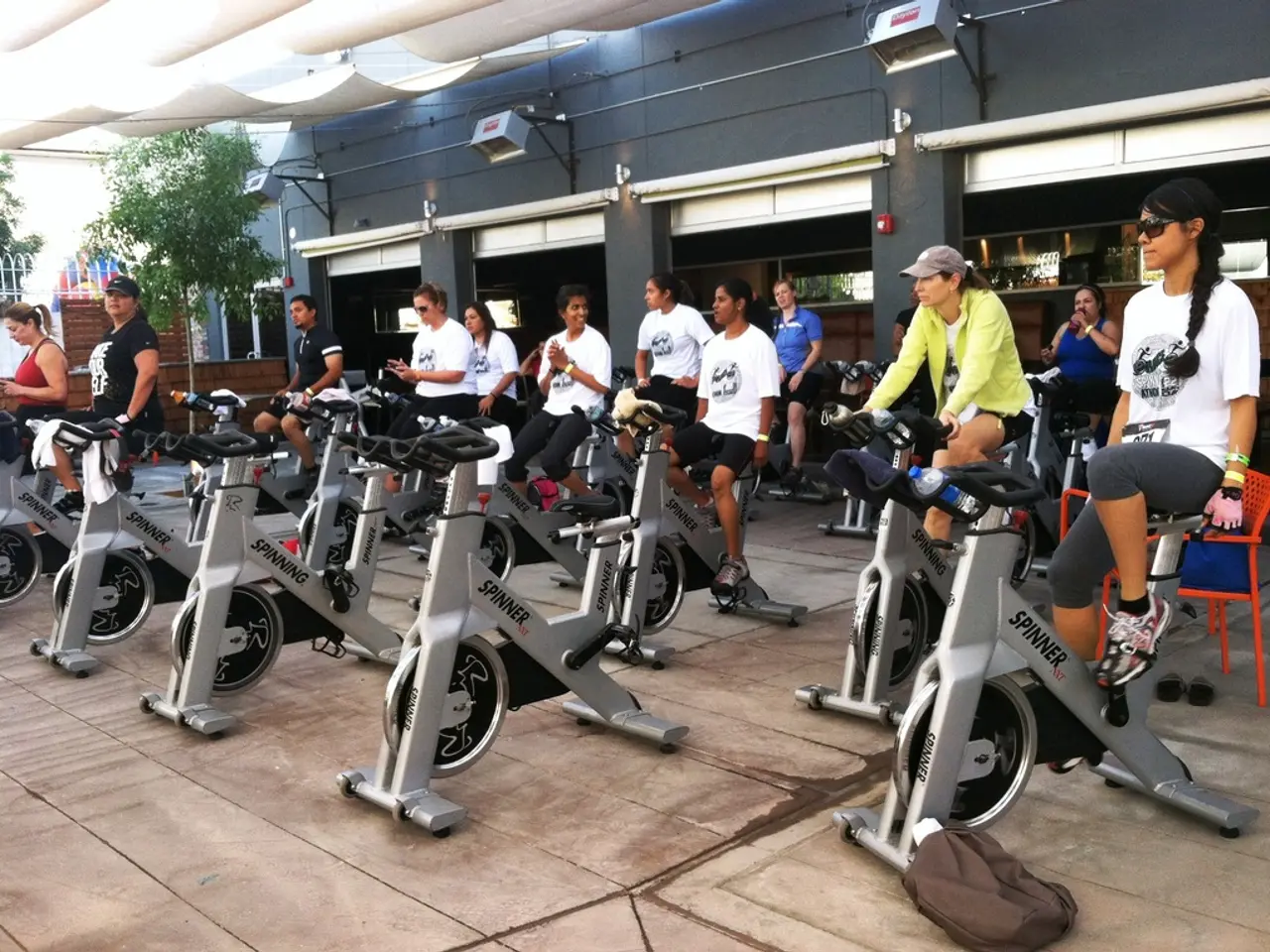COPD Fatigue Explanation: Understanding It and Coping Strategies (7 practical tips included)
In the battle against Chronic Obstructive Pulmonary Disease (COPD), fatigue is a common and challenging symptom for many patients. Between 50 and 70 percent of people with COPD also experience fatigue, making daily activities more difficult and draining. However, effective strategies for coping with COPD fatigue can help manage the condition and improve quality of life.
A holistic approach to managing COPD fatigue involves a combination of energy conservation techniques, pulmonary rehabilitation, physiotherapy and airway clearance, psychosocial support and education, and lifestyle changes.
Energy Conservation Techniques
Pacing daily activities and taking regular breaks help manage fatigue by preventing overexertion. Planning tasks ahead and prioritizing essential activities are crucial to conserve energy throughout the day.
Pulmonary Rehabilitation (PR)
Pulmonary rehabilitation combines exercise, breathing training, and education aimed at increasing exercise capacity and reducing breathlessness and fatigue. Specific breathing techniques such as pursed-lip breathing, diaphragmatic breathing, and paced breathing improve oxygen intake and reduce the effort required to breathe, which can alleviate fatigue.
Physiotherapy and Airway Clearance
Regular physiotherapy, including chest physiotherapy and airway clearance methods like huff coughing, helps remove mucus from the lungs, making breathing easier and reducing infection risk, which can otherwise worsen fatigue.
Psychosocial Support and Education
Empowerment-based nursing approaches and continued education help patients better understand and manage their condition, improving medication adherence, psychological well-being, and self-confidence, which collectively reduce fatigue and improve quality of life.
Lifestyle Changes
Quitting smoking, avoiding air pollutants, using air purifiers and masks, eating a balanced diet, and engaging in regular physical activity tailored to individual capacity support lung health and reduce symptom severity, indirectly easing fatigue.
Integrating these strategies creates a holistic approach to managing COPD fatigue, combining physiological improvements with practical lifestyle and psychological support measures.
Treating other conditions, such as obstructive sleep apnea (OSA), can help manage symptoms and improve energy levels in people with COPD. The damage to the airways in COPD causes the air sacs to lose their tone and become floppy, making it difficult for someone to completely empty their lungs, which creates a buildup of carbon dioxide in the body and can contribute to tiredness.
Having COPD fatigue can significantly impact a person's ability to perform everyday activities, such as household chores, personal grooming, and recreational activities. There is currently no cure for COPD, but treatment can help reduce symptoms, including fatigue, by managing shortness of breath and making it easier to breathe.
Drinking plenty of fluids is essential to prevent dehydration and worsening symptoms in people with COPD. Over time, feeling tired may lead to decreased activity, which can lead to decreased stamina and body deconditioning, making even simple tasks feel more exhausting.
The reasons for the association between COPD and fatigue are not clear, but understanding and addressing this symptom is crucial for improving the quality of life for those living with COPD. By adopting these strategies, patients can better manage their energy, improve lung function, and maintain overall well-being.
- treatmentseekers struggling with Chronic Obstructive Pulmonary Disease (COPD) often face the challenging symptom of fatigue, which is prevalent in between 50 and 70 percent of patients.
- Science has established that an effective strategy for coping with COPD fatigue involves a holistic approach that combines energy conservation techniques, pulmonary rehabilitation, physiotherapy and airway clearance, psychosocial support and education, and lifestyle changes.
- Incorporating regular physiotherapy, like chest physiotherapy and airway clearance methods, into the routine of chronic-disease patients can help reduce respiratory-conditions symptoms, making breathing easier and possibly alleviating fatigue.
- Promoting health-and-wellness practices, such as quitting smoking, engaging in fitness-and-exercise, avoiding air pollutants, using air purifiers and masks, and eating a balanced diet, can improve overall lung health and indirectly reduce the severity of COPD fatigue symptoms.








